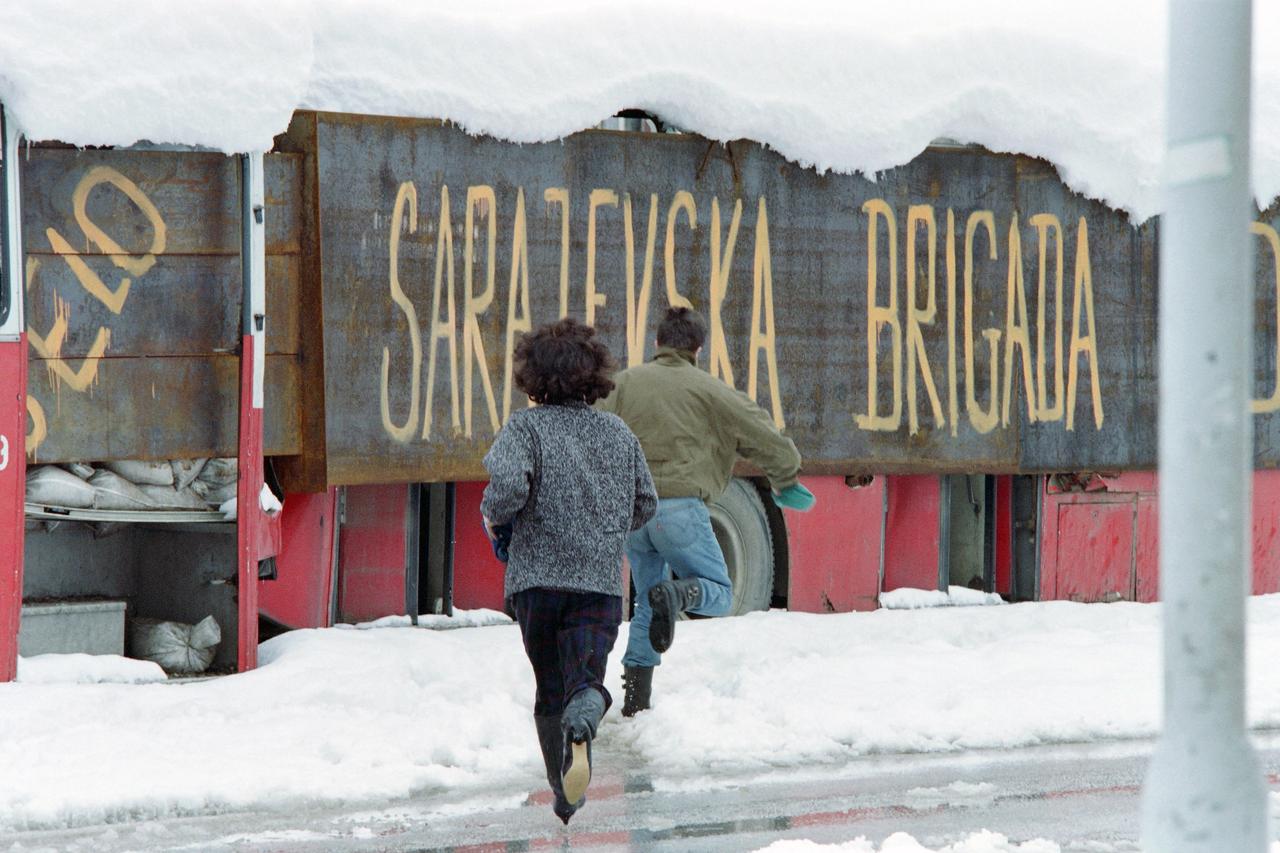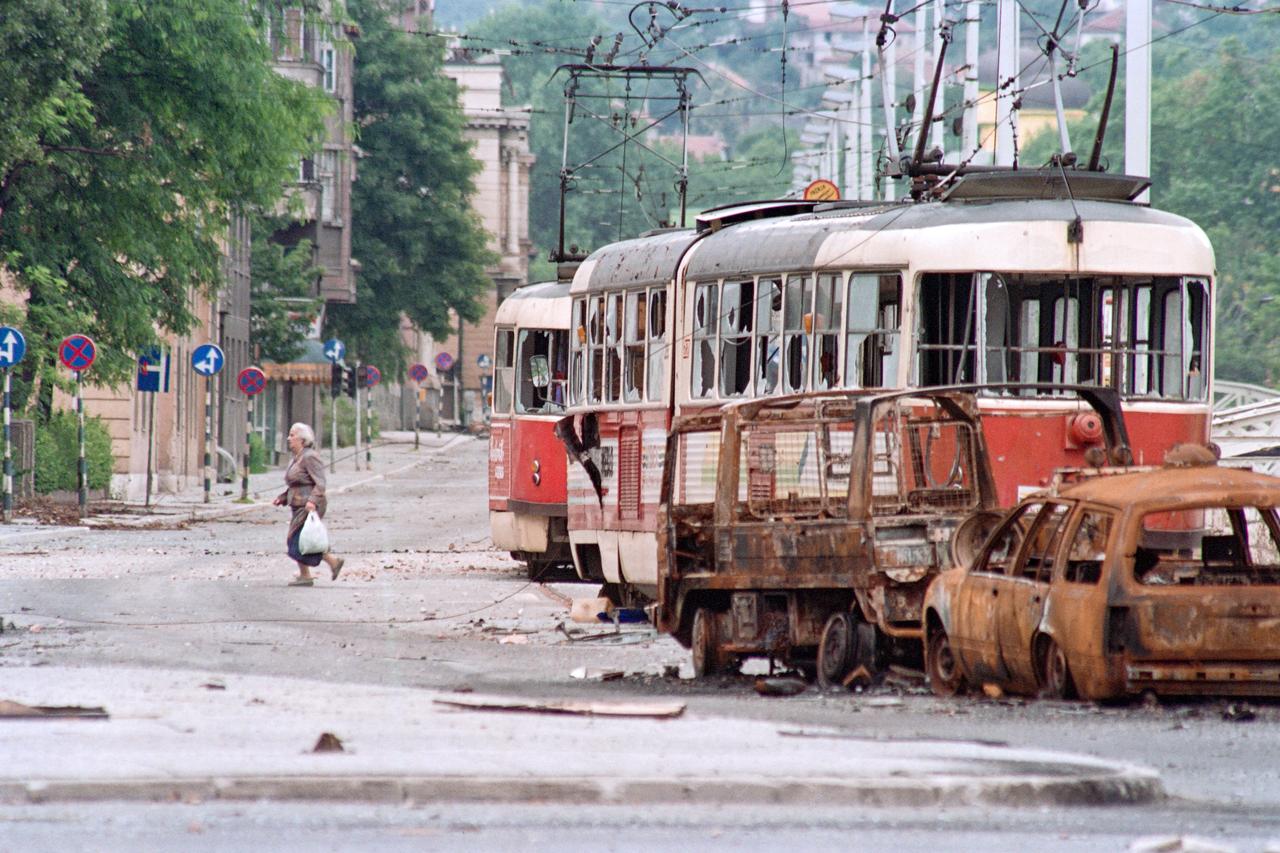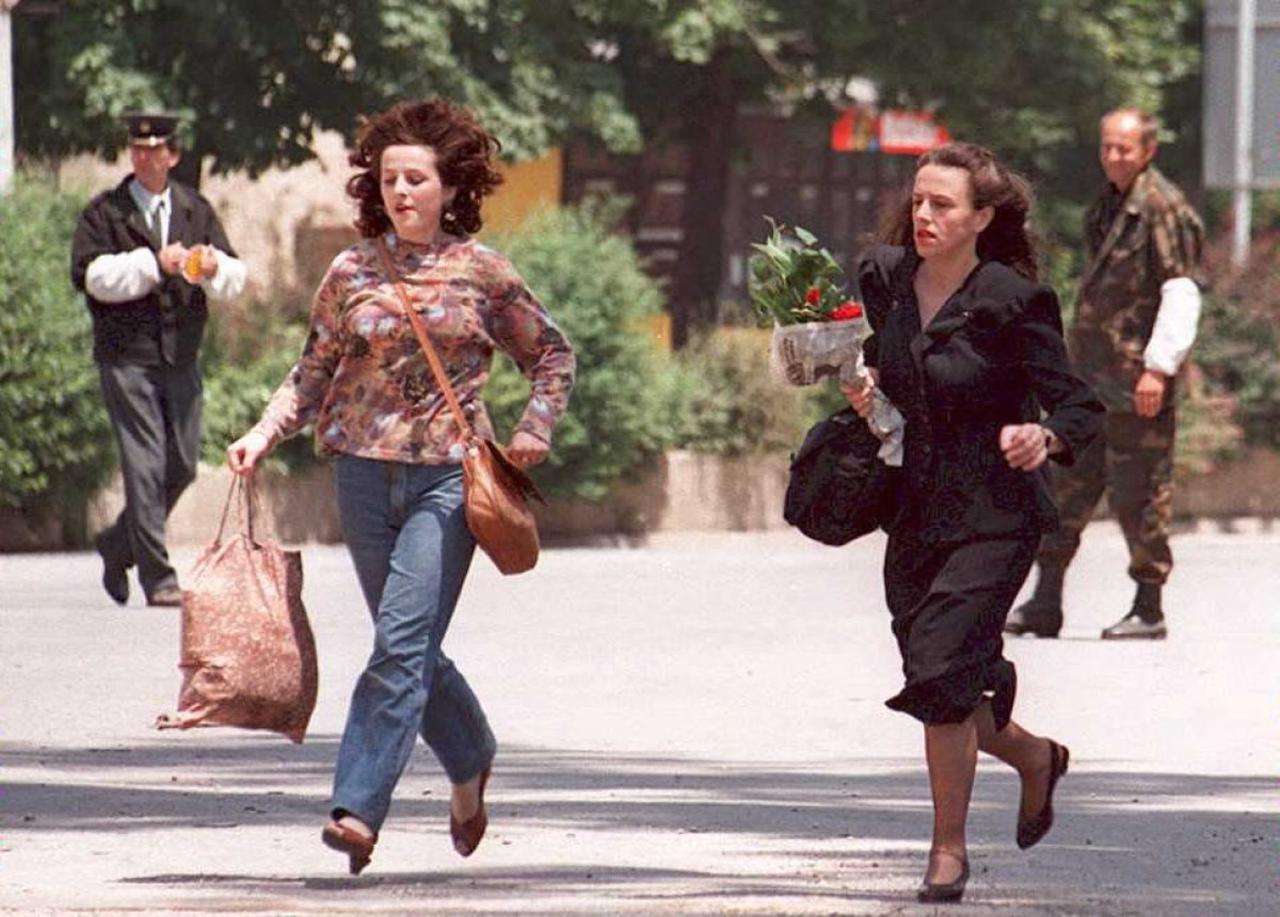
There is a thick fog over Sarajevo, but not the usual winter fog that wraps the city in a quiet grey and reminds us how polluted the air is. This one feels heavier. It is made of whispers, headlines, and conversations happening everywhere, online, in cafes, on the streets, and in the news. And not just in Sarajevo, it feels that the whole world is in a state of shock following reports about the Sarajevo Safari.
It is incredibly difficult to write about the allegations that wealthy foreigners, allegedly gun enthusiasts from Italy, the U.S. and Russia, paid to kill your people. So I decided to start with something else first—to explain something uniquely ours, something Sarajevo has always had: our irrepressible positivity. We are known for it, and it has kept us sane during the siege. Many of the survivors told me the same. “We just kept living day by day, talking to each other, even joking, holding on to the belief that tomorrow could be better. We felt forgotten by the world.”
People of Sarajevo planned their movements and days around snipers. They rarely ran in a straight line. They moved in a zigzag pattern to make it harder for the sniper to calculate the shot. Parents taught children how to “change direction mid-run.” There were specific spots in the city known as sniper alleys or sniper zones. To cross them was called "pretrcavanje," a sprint for your life.
My mother-in-law used to place the steel pots she’d bought just before the war on her sons’ heads, trying to protect them from snipers. Her sons still tease her about it. A chemistry teacher held classes even in a basement, moving from place to place so children could keep learning.

Some older generations say we got along better than ever during the war, regardless of religion, that those who stayed in the city, stood by each other even when there was barely anything to eat.
These days, that optimism is harder to hold. For all of us, the weight of the past has returned—especially now that the story is finally taking on a legal dimension.
An official investigation has been launched into allegations that wealthy foreigners were brought to Sarajevo during the siege to shoot at civilians for sport. The investigation is being conducted by the Milan Prosecutor’s Office, with the case handled by the ROS special unit of the Italian Carabinieri. It began after Italian journalist and writer Ezio Gavazzeni filed a criminal complaint describing these killings as “murders committed with cruelty and base motives. Reports say they paid the equivalent of €80,000 ($92,984) to €100,000 today to be taken to sniper positions above the city and allowed to shoot at civilians.

My husband, a former soldier of the Army of Bosnia and Herzegovina, told me that throughout the siege there were always rumors of foreigners fighting alongside Serb forces. But never did he imagine that someone would pay to come here, just to kill for entertainment.
One friend of mine, remembers clearly the word they used back then: "vikendasi," “weekenders.” He says there were always more snipers on weekends and holidays. Those were the days when people were most afraid to leave their homes to fetch water or stand in line for food. The city adjusted its survival rhythm to the schedule of these monsters.

Another friend told me they could never know who was shooting; that was part of the terror. But there was one sniper near the Jewish cemetery whose gun was unmistakably loud. He would shoot relentlessly, nonstop, to the point where people would beg for even five seconds of silence. The only time he went quiet was when Sarajevo’s thick fog descended over the hills. Those were the only days people were relieved to see that heavy, suffocating fog, because it meant, at least for a moment, a chance to breathe.
How is it possible that reports even exist suggesting that privileged men with money could enter a besieged city and pay to shoot at civilians? How can a “price list” for killing a child even exist? And what does it say about how they saw us?
We must keep speaking about this. We must insist on truth, however painful it may be. Only by uncovering every horror, including this one, can Sarajevo, and Bosnia and Herzegovina, reclaim the hopeful future it deserves.
And perhaps then—and only then—the thick fog hanging over Sarajevo today will finally lift.
Sarajevo endured the longest siege in modern European history—1,425 days, from April 1992 to February 1996, imposed by the Bosnian Serb Army. During that time, 11,541 people were killed, including 1,601 children. Many of those children were killed by snipers. Is it possible that someone else, besides Bosnian Serbs, pulled the trigger?